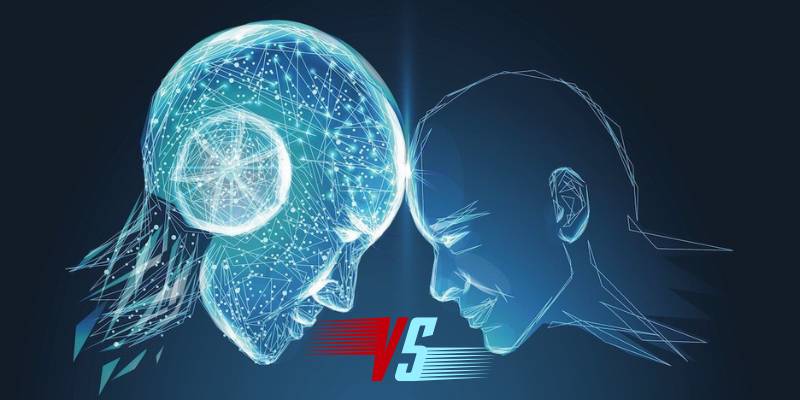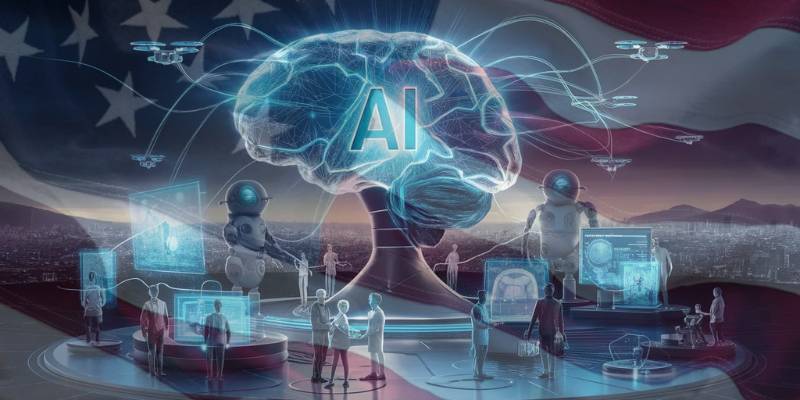California just shook the AI world again with its bold new law requiring chatbots to disclose their true identity.
Signed by Governor Gavin Newsom, the bill—SB 243—demands that any chatbot that could be mistaken for a human must come clean: “Hey, I’m AI.”
What’s fascinating is that this move isn’t just about honesty—it’s about mental health, too.
Under the law, chatbot companies must report annually to the state’s Office of Suicide Prevention, showing how they handle cases involving users in distress.
That part hits home. We’ve all seen stories where people lean on digital companions during dark times.
It’s not just a California thing, though. Across the Atlantic, the EU’s AI Act is setting a global precedent for transparency, forcing developers to label deepfakes and disclose synthetic media.
Meanwhile, New York is quietly drafting its own “AI Honesty Bill,” targeting customer-service bots that pretend to be real people.
Of course, Silicon Valley isn’t thrilled. Some developers are calling this “overreach,” warning it could slow innovation.
But there’s a counterpoint—if we can regulate what goes into our food, why not what goes into our conversations?
Even the Bank of England’s recent warning about an AI bubble shows how the stakes are no longer just ethical—they’re financial, too.
What I find oddly poetic is that the same state that gave us Siri and Google Assistant is now the one asking them to be more… honest.
Maybe it’s not about control—it’s about trust. And in this new era where a chatbot can flirt, advise, or even console you, knowing it’s not human might just be the most human thing we can do.
For context, the AI-powered companion industry has ballooned in recent years, blurring lines between intimacy and simulation.
Some see California’s law as a long-overdue wake-up call—a reminder that technology shouldn’t masquerade as empathy.
Whether this law becomes a global model or just a Californian quirk remains to be seen.
But one thing’s for sure: the next time you’re chatting late at night with a “friendly voice,” you’ll know exactly who—or what—is talking back.


